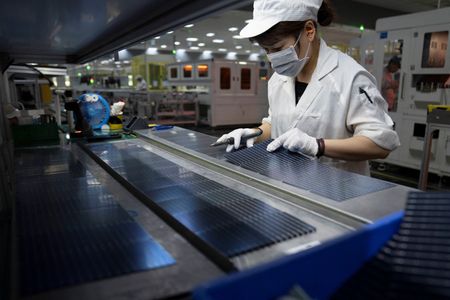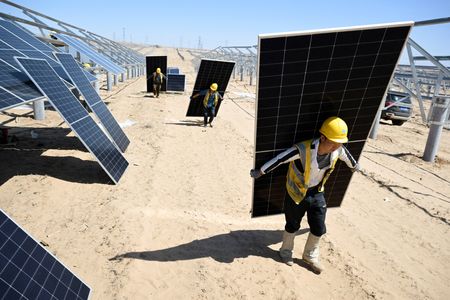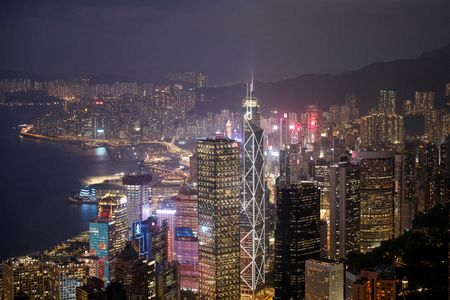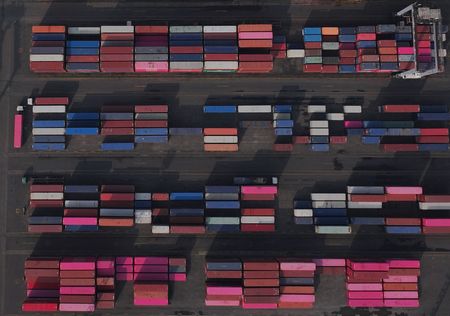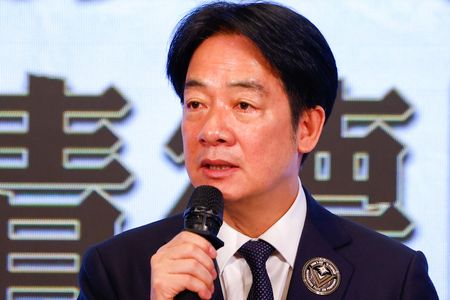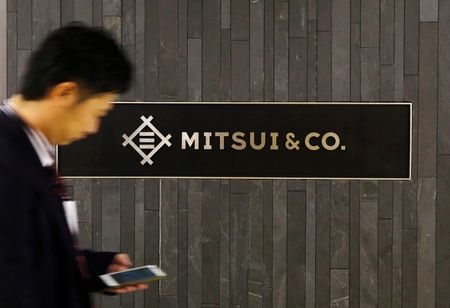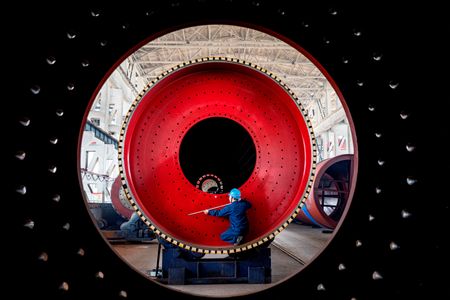By Colleen Howe
BEIJING (Reuters) -Chinese producers of polysilicon, a building block for solar panels, are in talks to create a 50 billion yuan ($7 billion) fund to acquire and shut down roughly a third of production capacity and restructure part of the loss-making sector, GCL Technology Holdings said.
The top polysilicon producer told Reuters on Thursday plans were being discussed to acquire and shut at least 1 million metric tons of lower-quality polysilicon capacity.
“It is sort of like the OPEC of the polysilicon industry, wherein total supply for a specified timeframe has to be agreed by the central committee and production quotas to be allocated to producers,” GCL’s investor relations director Jun Zhu said.
The plan is one of the strongest signals yet that the heightened rhetoric against overcapacity rolled out by the Chinese government this month is translating into action. Chinese industries, from solar to electric vehicles, are grappling with massive overcapacity and vicious price wars that are wiping out profits.
Beijing restructured industries including polysilicon, steel and cement in previous waves of reforms more than a decade ago. However, this latest round is expected to be more difficult given many of the problem sectors are now filled with private firms and there are fewer growth sectors to pick up the slack.
The polysilicon acquisition vehicle would be launched late in the third quarter of this year and would start making purchases in the fourth quarter, both of excess capacity and of market inventories, Zhu said.
The proposed closures would leave approximately 2 million tons of capacity remaining in the market, he added. China’s production capacity was 3.25 million tons at the end of 2024, according to Bernreuter, an industry research group.
GCL Chairman Zhu Gongshan said at an industry conference in June that major firms were working to restructure the industry, while local media Caixin reported producers were in talks to create an acquisition fund. Reuters is reporting the size, scope and timing of the plan for the first time.
China’s state planner, the National Development and Reform Commission, did not immediately respond to a request for comment.
China has a near-monopoly over solar-grade polysilicon, producing 95% of the world’s total in 2024, according to Bernreuter. China’s share of the rest of the solar supply chain, including cells, modules and wafers has also reached over 80% in recent years.
Polysilicon prices are up nearly 70% this month, alongside a range of other industrial commodities as Beijing’s rhetoric, plus smaller initiatives from various ministries and provincial governments led markets to bet supply side reform was on the way.
FINANCING AND PUSHBACK
It is unclear where the money to finance the vehicle would come from given major players GCL and Tongwei are losing money.
“No one knows how the capacity acquisition will be implemented, because there’s no past experience to refer to,” said UBS analyst Yishu Yan, adding that most of the companies in the sector are indebted.
Also unclear is how active a role the provincial and central governments will play in the vehicle and the factory closures it plans to make.
Jun Zhu said the vehicle’s central committee would be made up of producers, lenders and potentially regulators, without specifying who they would be.
Yan at UBS said any plan to shut capacity may face opposition from local governments, where officials are scored on jobs and economic growth. Many of these governments also have stakes in local private solar firms.
“If the solar companies are facing bankruptcy or to be acquired, there could be some pushback by the local governments,” she said.
($1=7.15 yuan)
(Reporting by Colleen Howe in Beijing; Editing by Neil Fullick and Susan Fenton)

